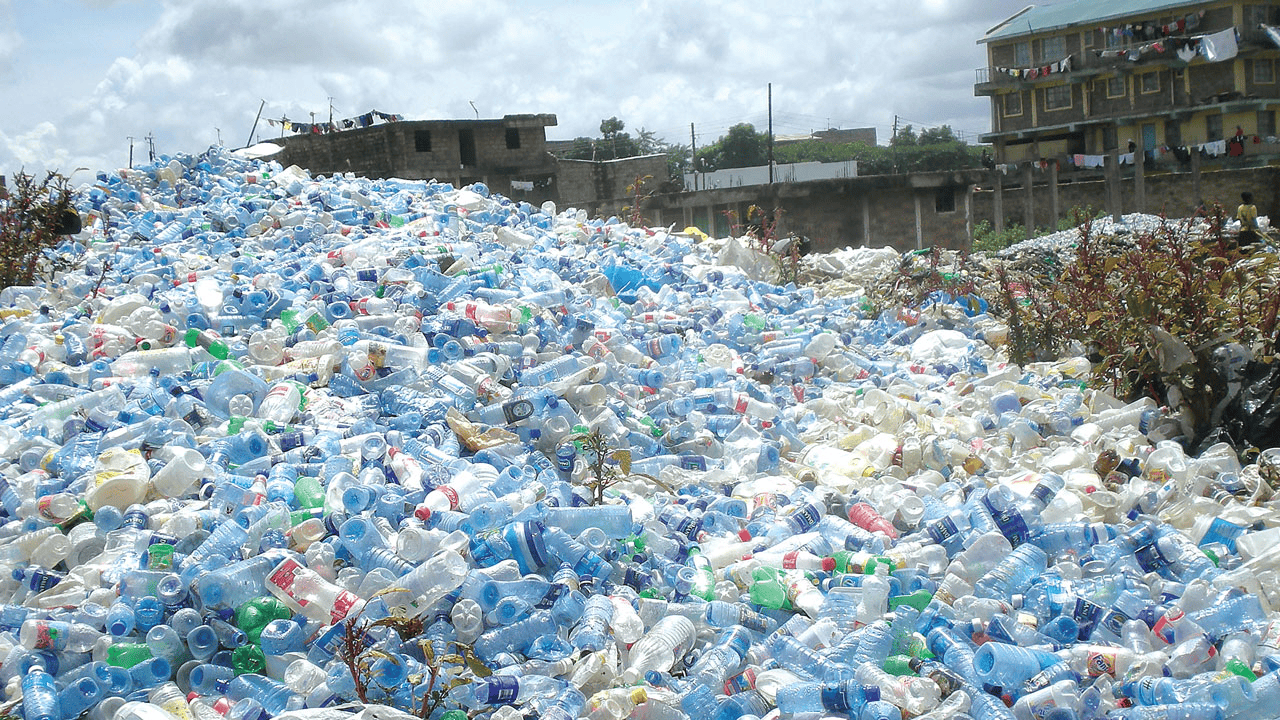The World Bank has stated that the previous administration’s decision to subsidise petrol prices has impeded the progress of e-mobility and the adoption of alternative vehicles such as electric minibuses, two-wheelers, and three-wheelers.
In a document titled “E-Trans-Electric Mobility and Transition in Nigeria: Strategy and Implementation,” the bank reported that the funding for urban and rural clean energy e-Mobility strategies, aimed at reducing air pollution and greenhouse gas emissions, amounted to N4.39tn in 2022.
E-mobility, as defined by the bank, refers to the advancement of electric-powered drivetrains with the aim of reducing reliance on fossil fuels in vehicle design.
It said, “Nigeria devotes significant funds in excess of N4.39tn in 2022 to subsidise transportation, but unfortunately, this funding serves precisely to discourage the development of mobility.
“The subsidisation of petrol discourages the take-up of alternative vehicles such as electric minibuses, two-wheelers and three-wheelers amongst other alternative sources of e-mobility.”
The World Bank added that after fuel subsidies were eliminated, the introduction of e-buses should be aided by financing options to help offset the high upfront cost, the electricity should come from renewable sources whenever possible, the degree of private involvement should be determined at the outset, and commuters should be encouraged to use e-buses.
The Bretton Woods Institution added, “Regulations to enact policies will also need to be developed, mostly at the federal level, adapting the tax regime and permission framework for importing new and used vehicles and instituting new framework drawing from international experience for safe storage, recycling and disposal of batteries and e-waste associated with e-vehicles.
“The long-term vision calls for the expansive adoption of mass transit systems such as the Rail and Bus Rapid Transport to reduce the number of commuter vehicles on the road and curb emissions and encourage the acquisition and use of zero-emission vehicles such as electric cars and buses.”











